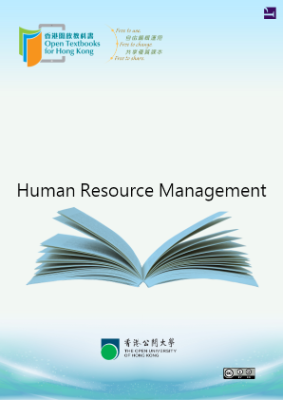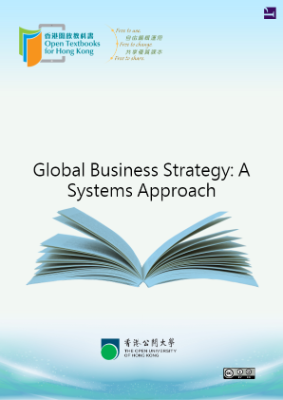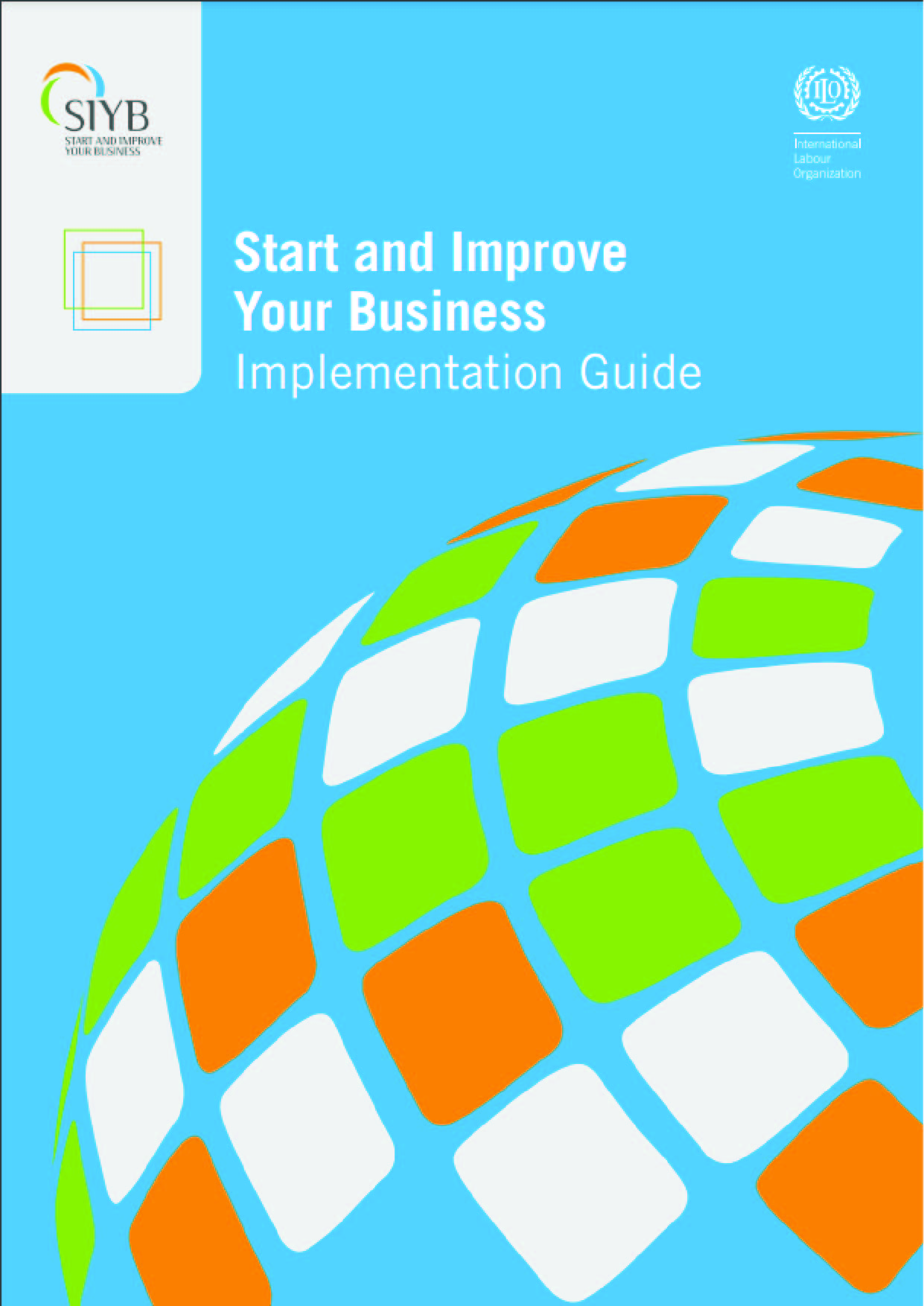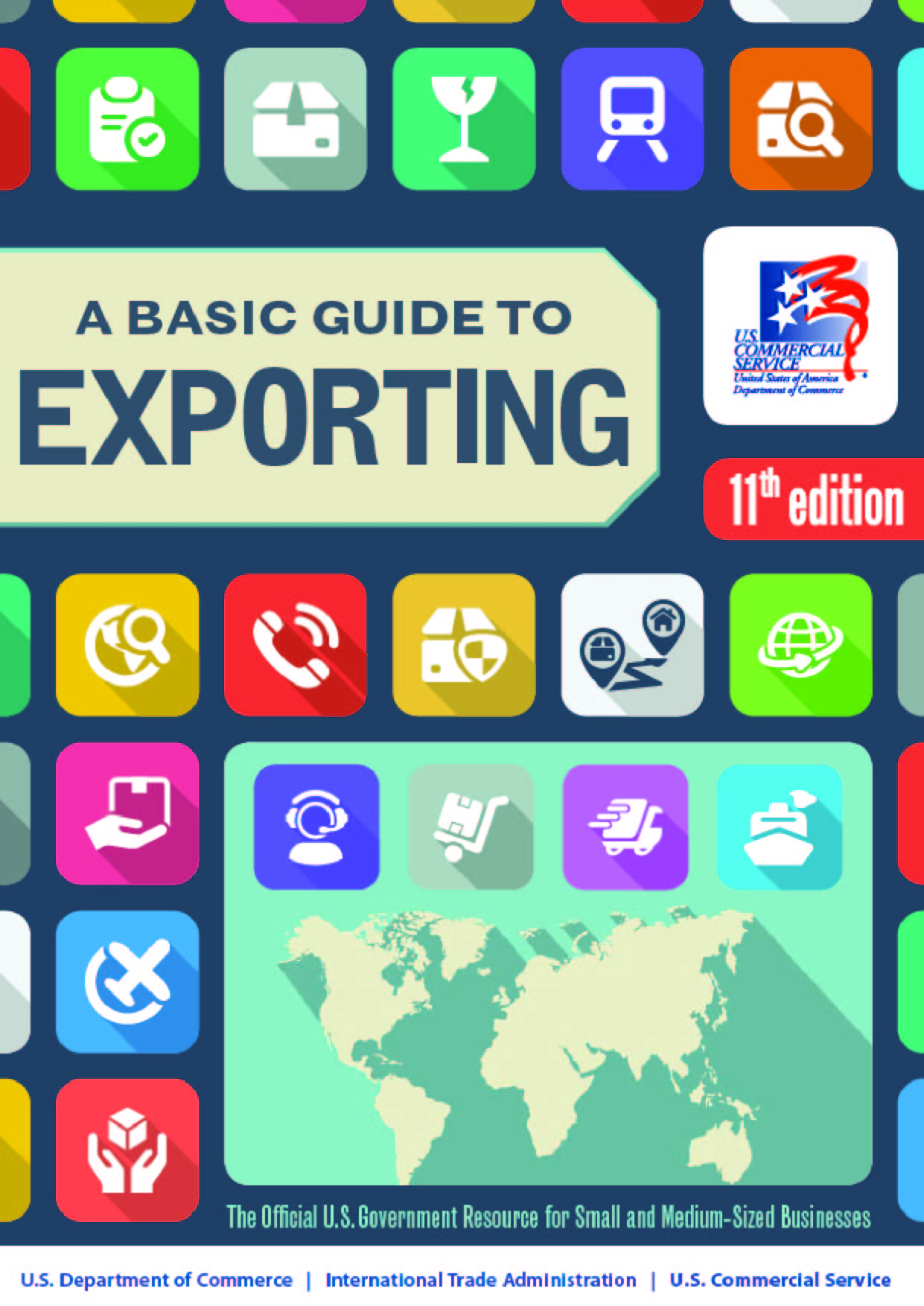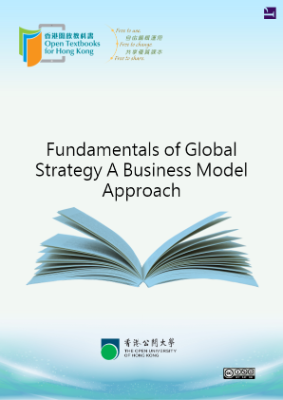Human Resource Management Day to Day
You have just been hired to work in the human resource department of a small company. You heard about the job through a conference you attended, put on by the Society for Human Resource Management (SHRM). Previously, the owner of the company, Jennifer, had been doing everything related to human resource management (HRM). You can tell she is a bit critical about paying a good salary for something she was able to juggle all on her own. On your first day, you meet the ten employees and spend several hours with the company owner, hoping to get a handle on which human resource processes are already set up.
Shortly after the meeting begins, you see she has a completely different perspective of what HRM is, and you realize it will be your job to educate her on the value of a human resource manager. You look at it as a personal challenge—both to educate her and also to show her the value of this role in the organization.
First, you tell her that HRM is a strategic process having to do with the staffing, compensation, retention, training, and employment law and policies side of the business. In other words, your job as human resources (HR) manager will be not only to write policy and procedures and to hire people (the administrative role) but also to use strategic plans to ensure the right people are hired and trained for the right job at the right time. For example, you ask her if she knows what the revenue will be in six months, and Jennifer answers, “Of course. We expect it to increase by 20 percent.” You ask, “Have you thought about how many people you will need due to this increase?” Jennifer looks a bit sheepish and says, “No, I guess I haven’t gotten that far.” Then you ask her about the training programs the company offers, the software used to allow employees to access pay information online, and the compensation policies. She responds, “It looks like we have some work to do. I didn’t know that human resources involved all of that.” You smile at her and start discussing some of the specifics of the business, so you can get started right away writing the strategic human resource management plan.
What Is Human Resources?
- Explain the role of HRM in organizations.
- Define and discuss some of the major HRM activities
Every organization, large or small, uses a variety of capital to make the business work. Capital includes cash, valuables, or goods used to generate income for a business. For example, a retail store uses registers and inventory, while a consulting firm may have proprietary software or buildings. No matter the industry, all companies have one thing in common: they must have people to make their capital work for them. This will be our focus throughout the text: generation of revenue through the use of people’s skills and abilities.
